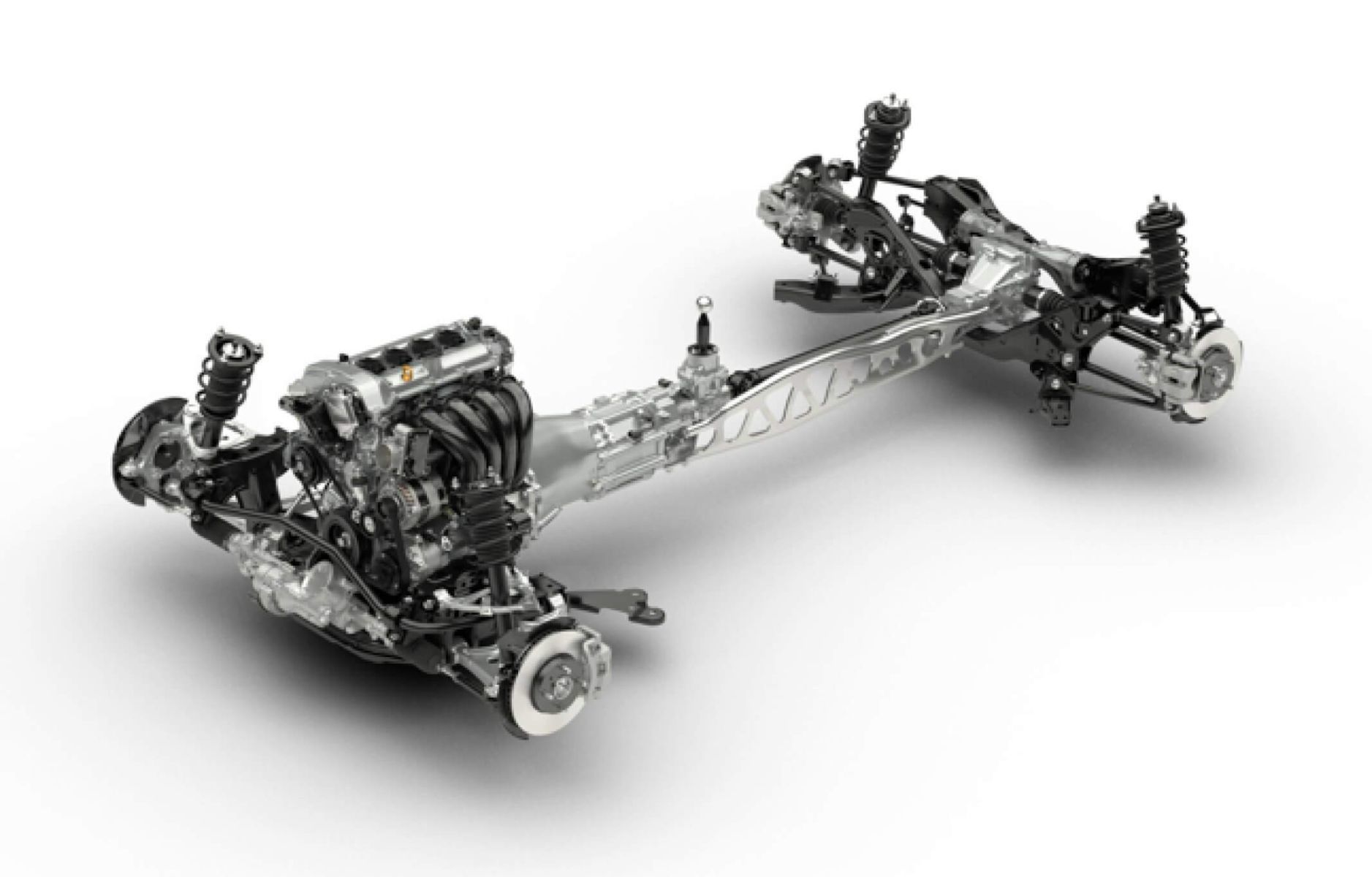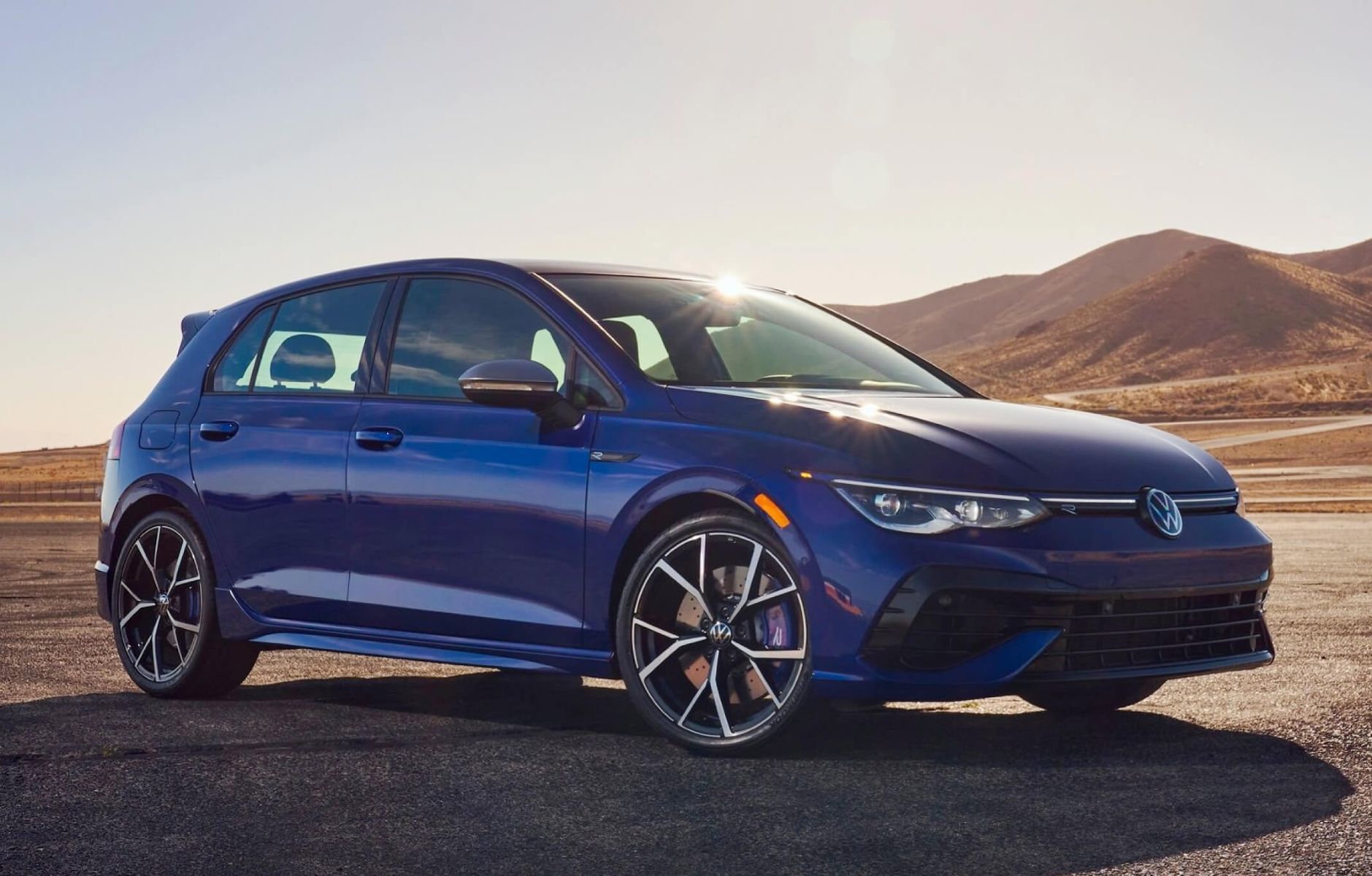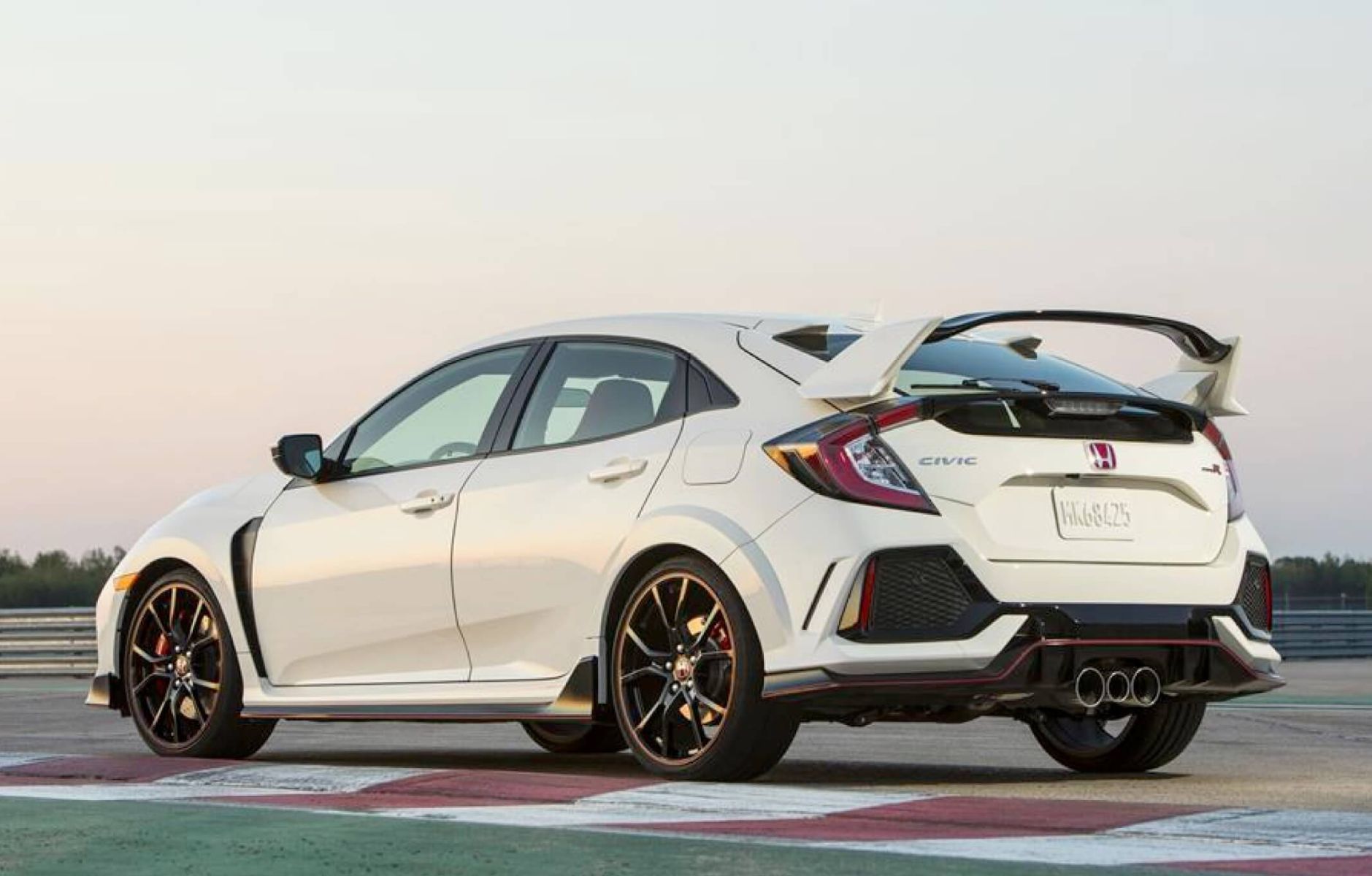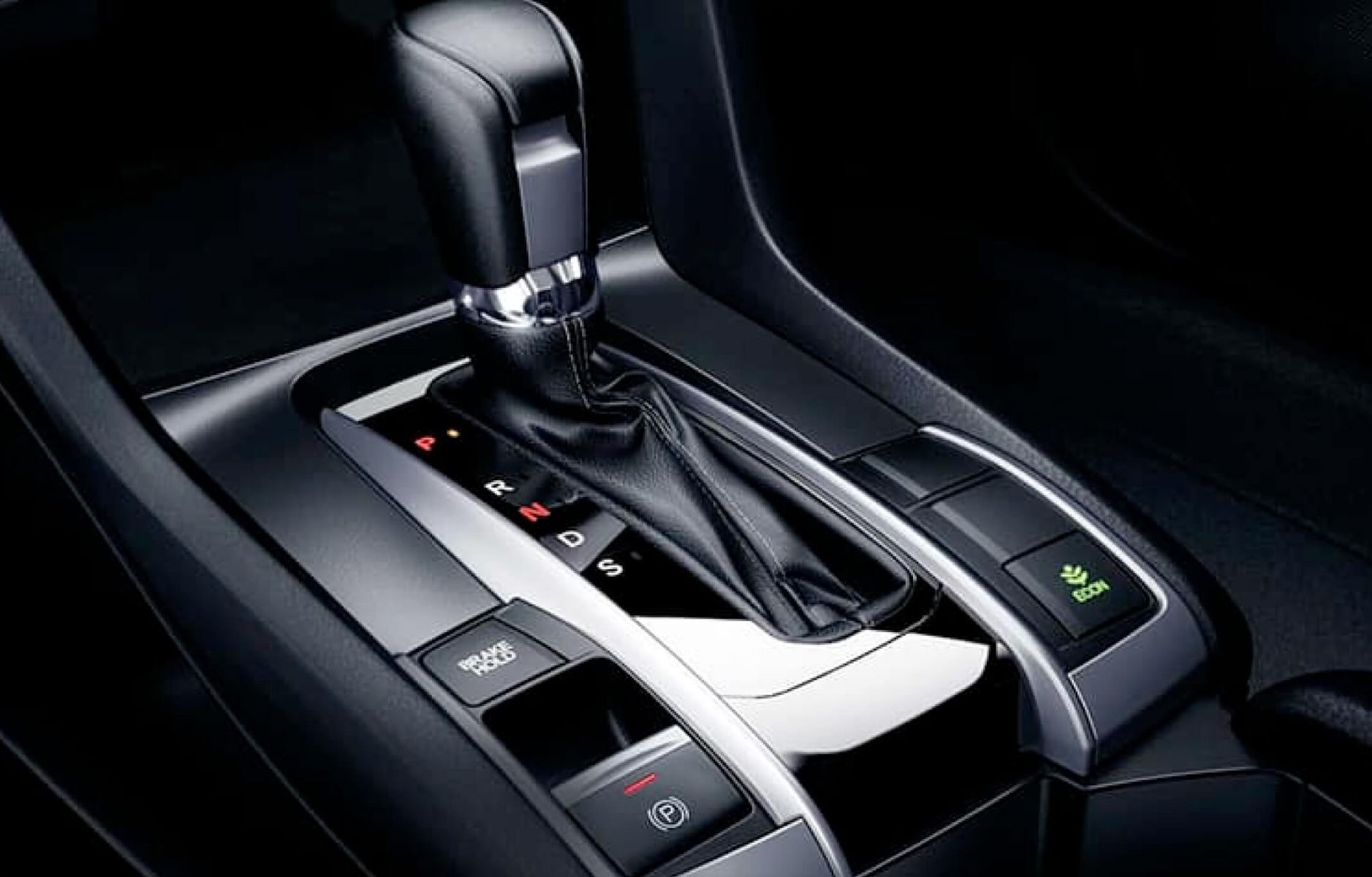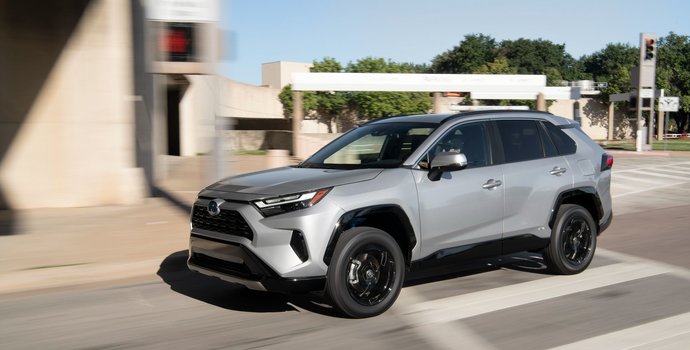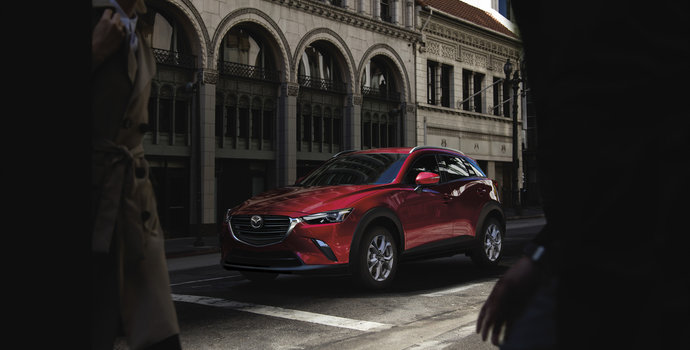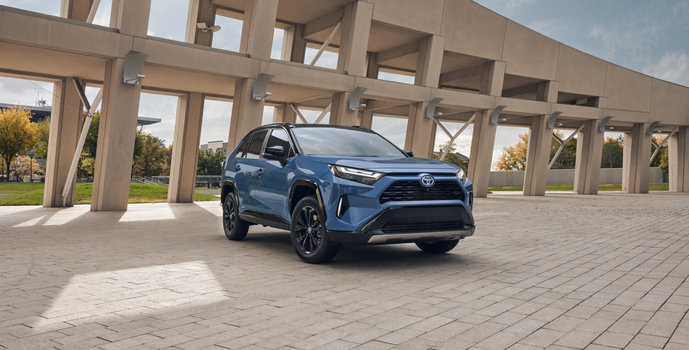How to Choose the Best Pre-Owned Vehicle for Winter in Ontario
Winter driving in Ontario demands more than just good reflexes behind the wheel. From sudden snowstorms on Highway 400 to icy morning commutes through Barrie's residential streets, your vehicle needs to handle whatever the season throws at it. Choosing a pre-owned vehicle that's truly winter-ready means looking beyond the price tag and focusing on the features that keep you safe, comfortable,...


